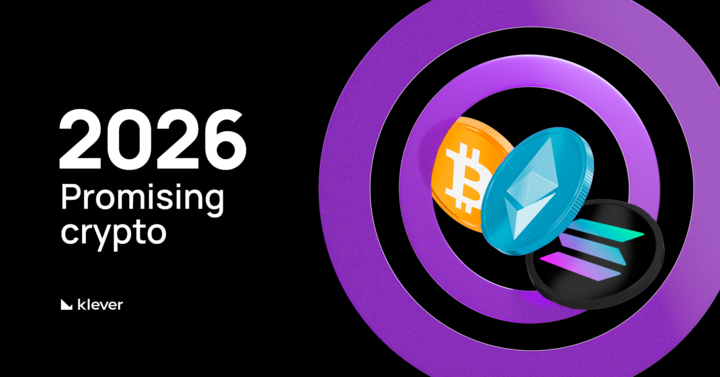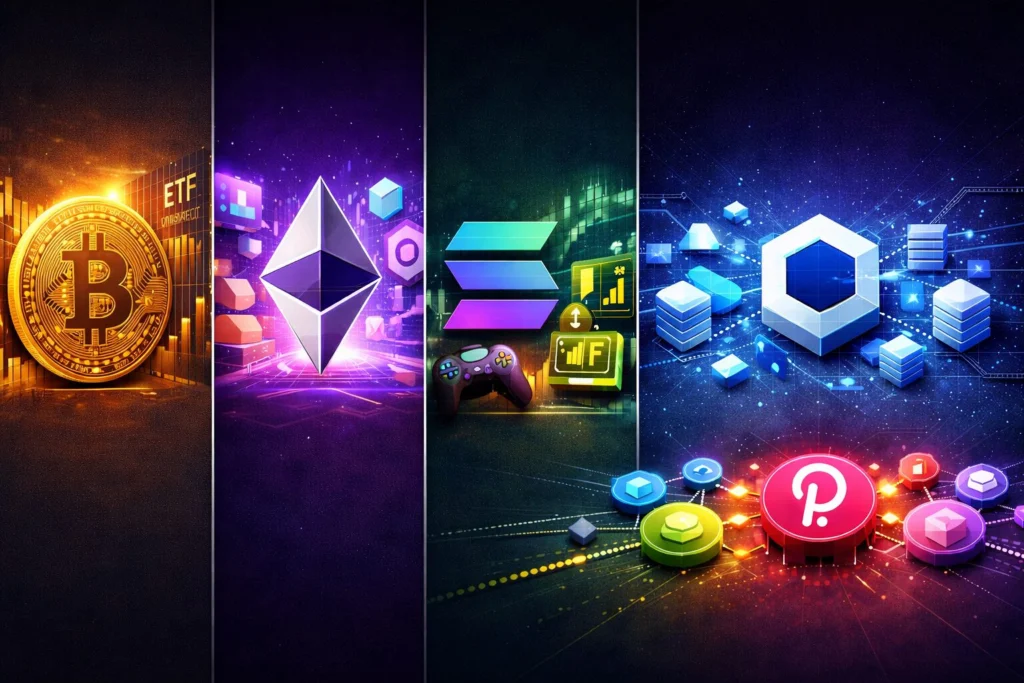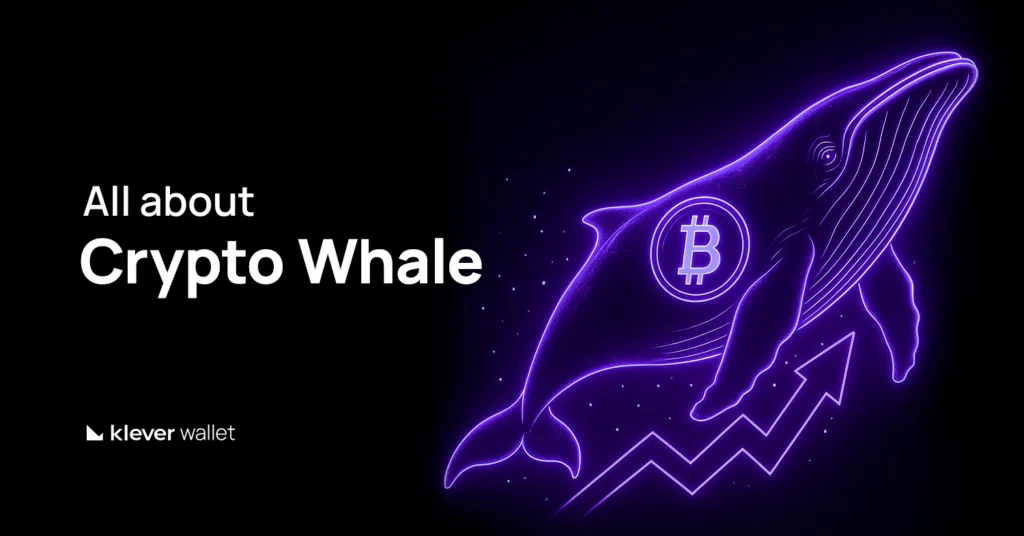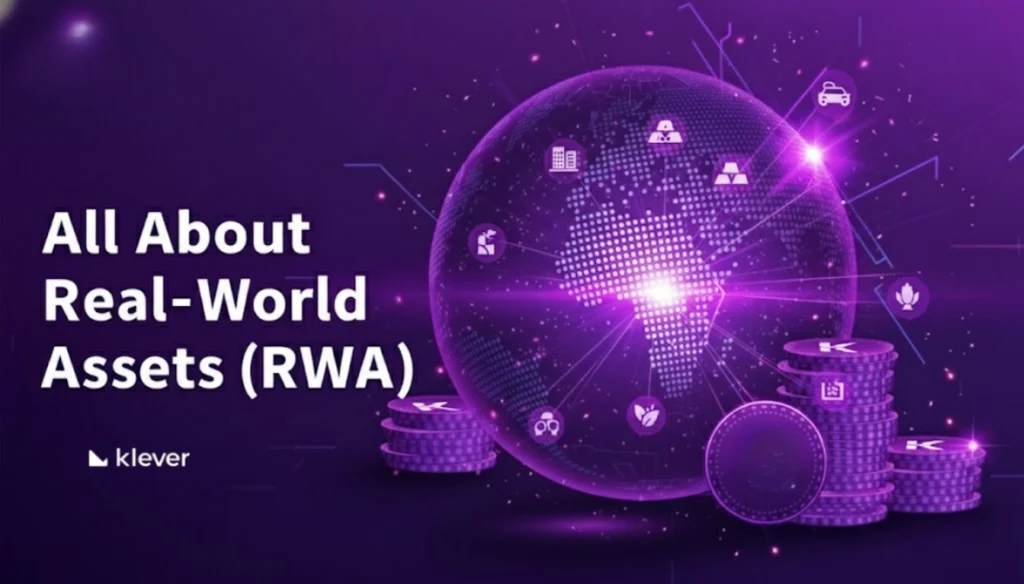
By 2026, the crypto market is expected to be shaped less by short-term speculation and more by infrastructure maturity, regulation clarity, and real economic usage. Trends such as institutional adoption, tokenization of real-world assets, stablecoin payments, and scalable blockchain infrastructure are already defining which projects are likely to remain relevant.
Instead of price predictions, this guide focuses on structural strength: network usage, developer ecosystems, and long-term demand.
Top 2026 Promising Cryptos

Bitcoin (BTC)
Bitcoin continues to serve as the reference asset of the crypto market. Its fixed supply, global liquidity, and growing presence in regulated investment products reinforce its role as a long-term store of value.
Why BTC remains relevant in 2026
- Institutional adoption via ETFs and custody solutions
- Strong security and decentralization
- High liquidity across global markets
Ethereum (ETH)
Ethereum remains the backbone of decentralized applications, powering DeFi, NFTs, stablecoins, and Layer-2 networks.
Key strengths
- Largest smart-contract ecosystem
- High developer activity
- Scaling through Layer-2 solutions (Optimism, Arbitrum, zk-rollups)
Solana (SOL)
Solana stands out for performance and low transaction costs, making it suitable for consumer-focused applications, DeFi, and on-chain gaming.
Why Solana stands out
- High throughput and fast finality
- Growing DeFi and NFT usage
- Increasing adoption by developers and users
Chainlink (LINK)
Chainlink provides oracle infrastructure that connects blockchains with real-world data, APIs, and off-chain systems.
Why LINK matters
- Essential infrastructure for DeFi and tokenized assets
- Widely integrated across blockchains
- Expanding use in real-world asset (RWA) tokenization
Polkadot (DOT)
Polkadot focuses on interoperability, allowing multiple blockchains to communicate securely.
Core advantages
- Multi-chain architecture
- Shared security model
- Strong focus on scalability and cross-chain use
Other Cryptocurrencies With 2026 Potential
Avalanche (AVAX)
Fast finality and customizable subnets make Avalanche attractive for enterprise and DeFi applications.
Cosmos (ATOM)
Cosmos enables blockchain interoperability through its IBC protocol, supporting an ecosystem of independent chains.
Arbitrum (ARB)
A leading Ethereum Layer-2 solution, Arbitrum reduces costs while preserving Ethereum security.
Cardano (ADA)
Cardano emphasizes peer-reviewed research, security, and gradual ecosystem expansion.
Toncoin (TON)
Toncoin benefits from strong user distribution channels and a growing ecosystem of applications.
Key Trends Influencing Crypto in 2026
Stablecoins and Payments
Stablecoins are increasingly used for remittances, settlements, and digital payments, pushing blockchain networks toward real economic utility.
Tokenization of Real-World Assets
Tokenized bonds, funds, and commodities rely heavily on smart contracts and oracle infrastructure, favoring networks like Ethereum and Chainlink.
Infrastructure Over Speculation
Projects focused on scalability, security, and developer tooling are more likely to sustain adoption beyond market cycles.
How to Evaluate Promising Cryptocurrencies for 2026
When assessing long-term crypto projects, consider:
- Network usage (transactions, active addresses)
- Developer activity (GitHub commits, ecosystem growth)
- Utility (fees, staking, governance, infrastructure role)
- Regulatory compatibility
- Security and decentralization
DYOR and Secure Crypto Management with Klever Wallet
Research doesn’t end when you choose a promising cryptocurrency. DYOR is an ongoing process, not a one-time checklist. Markets change, protocols evolve, and assumptions need to be revisited. Long-term positioning in crypto depends on continuously understanding what you hold, why you hold it, and how risks are changing over time.
But good research only translates into results when paired with proper asset management.
As a self-custody wallet, Klever Wallet ensures that the decisions you make through research remain fully under your control — from storage and swaps to staking and portfolio organization. No intermediaries, no hidden custody risks, no reliance on centralized platforms to safeguard your strategy.
In practice, DYOR answers what to hold. Secure crypto management defines how you hold it.
Combining independent research with a self-custody solution like Klever Wallet creates a more resilient approach to crypto — one built on clarity, ownership, and long-term responsibility rather than shortcuts or assumptions.




